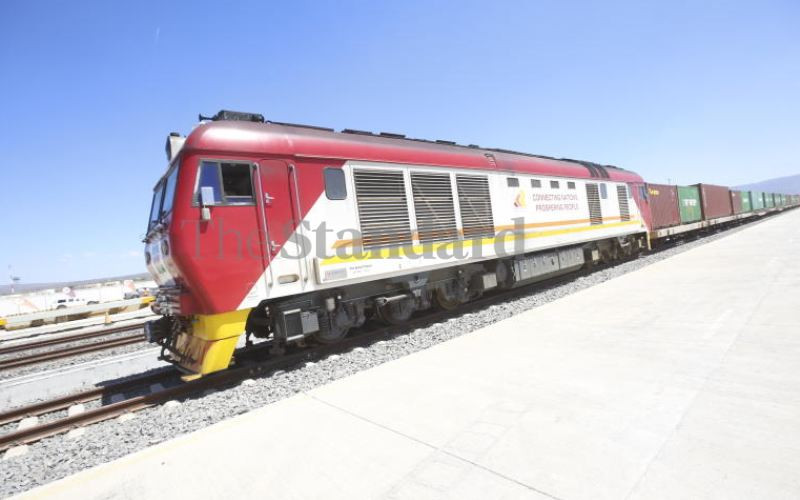×
The Standard e-Paper
Home To Bold Columnists

When it started operations in early 2018, it was hoped that the Standard Gauge Railway's (SGR) cargo service would offer a much-needed alternative to road transport.
Industries had for years demanded a functioning railway line in the country, which is the preferred mode of transport for cargo globally due to its predictability, the safety of goods being ferried and reduced wear and tear on the roads.